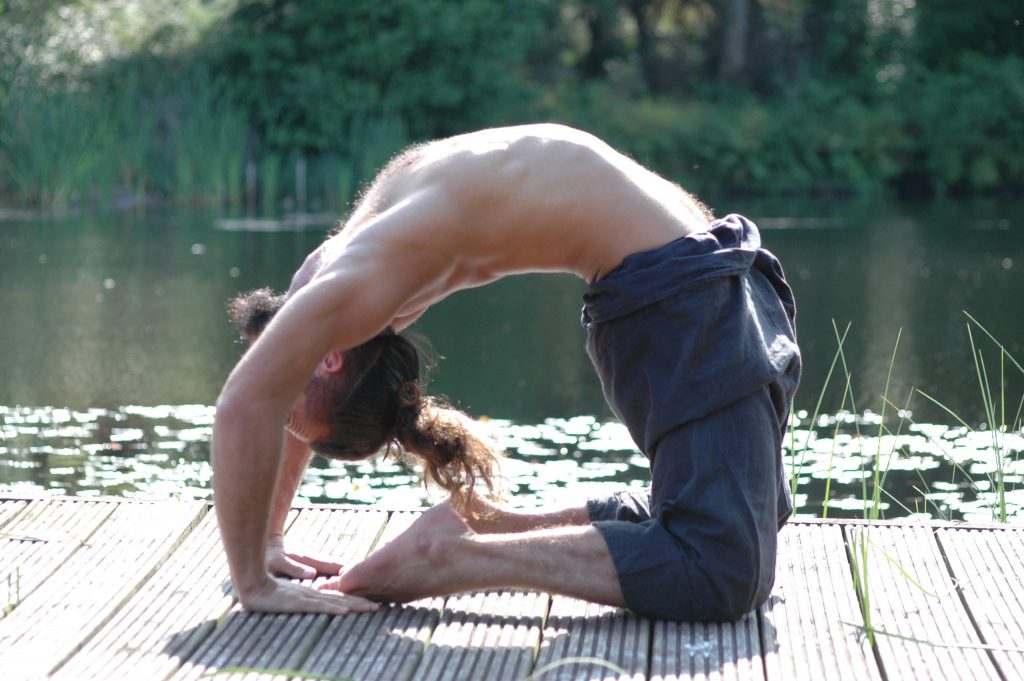Ashtanga Vinyasa Yoga
The word Ashtanga is comprised of two Sanskrit words, Ashta and Anga. Ashta refers to the number eight, while Anga means limb or body part. Therefore, Ashtanga is the union of the eight limbs of yoga, into one complete, holistic system. Yama (moral codes), Niyama (self-discipline), Asana (posture), Pranayama (breath control), Pratyahara (sense withdrawal), Dharana (concentration), Dhyana (meditation), and Samadhi (oneness with the self).
The three principles of this system are:
- Ujjayi breathing (means victorious breath) which relaxes the nervous system and expand the length of the breath. This is one of the most important aspect in yoga practice.
-
Dṛṣṭi is a means for developing concentrated intention. In Ashtanga Yoga each asana is associated with one of the 8 focused gazes, namely Angusthamadhye (thumb), Bhrumadhye (eyebrow), Nasagre (tip of nose), Hastagrahe (tips of hands), Parshva (side), Urdhva (up), Nabhicakre (navel), and Padayoragre (tips of feet) Drishtis. In a simple form eyes steady, mind becomes steady.
- Bandhas. The engagement of the bandhas, or body locks, is encouraged throughout the class in specific postures to seal in the prana energy and create core stability.
Although the system has a fixed order of asanas, one should practice according to him/her capacity, always respecting the body limitations. Far more important is to deepen and expand the breath into the posture.


